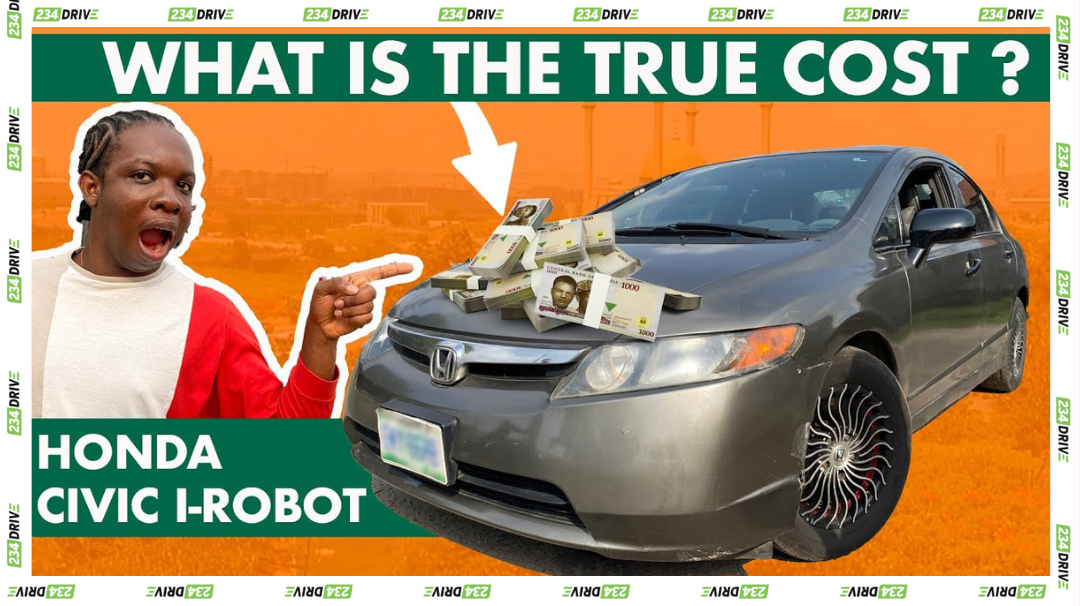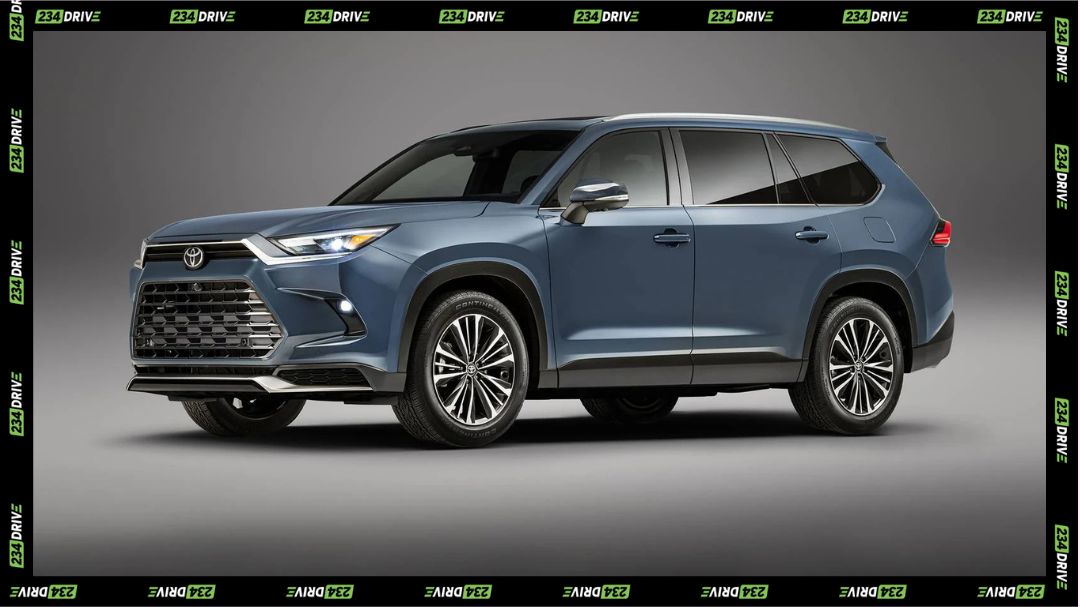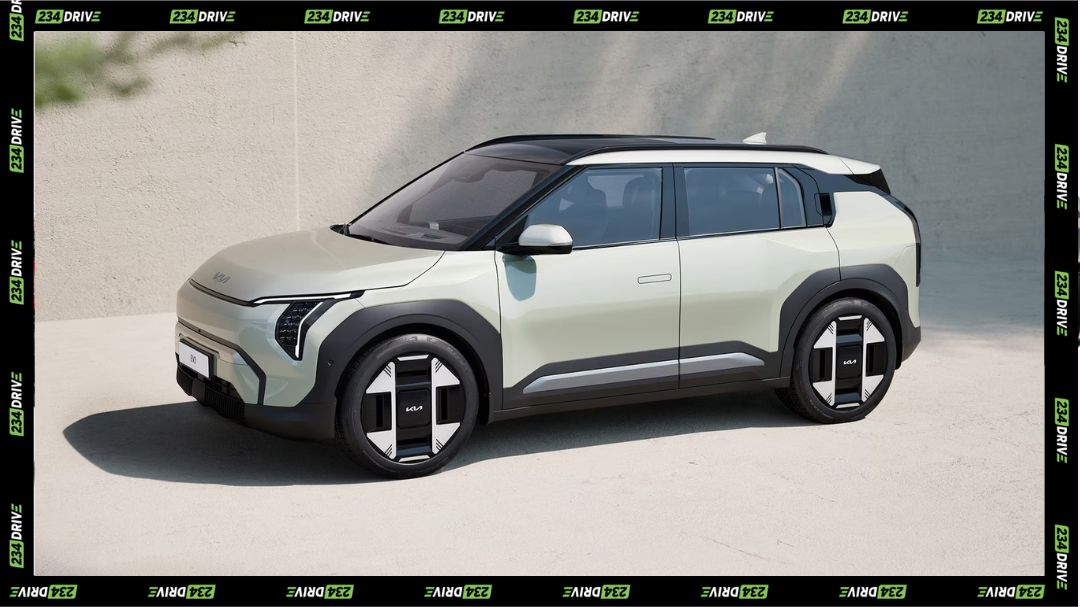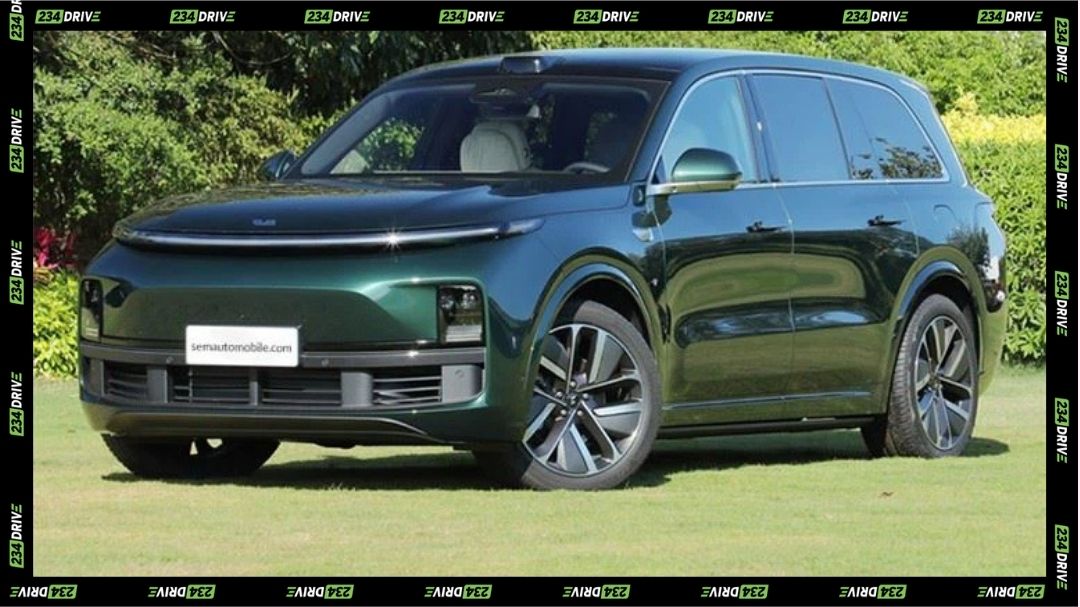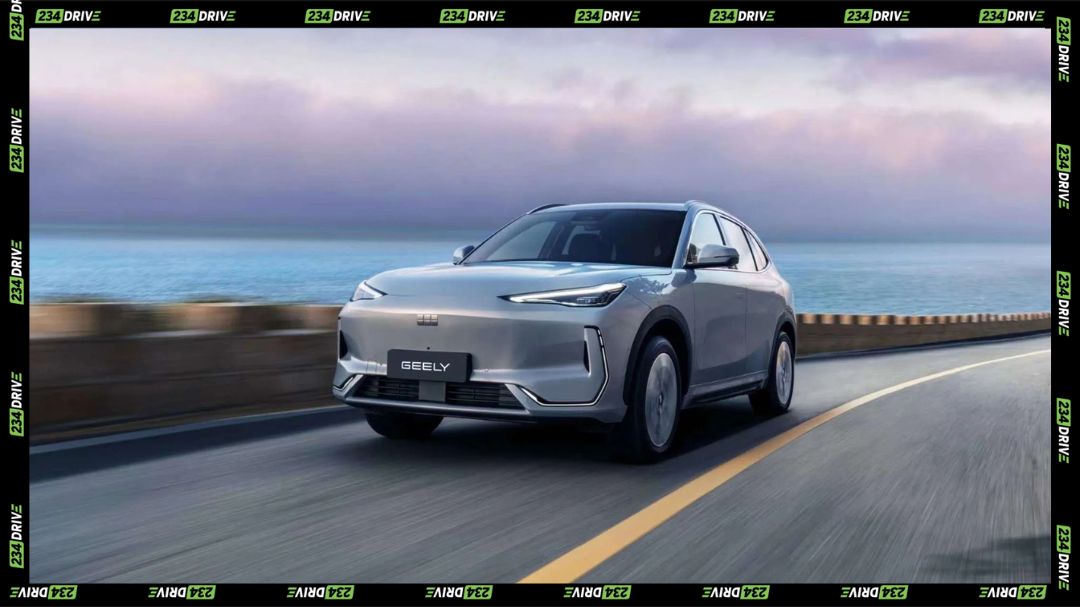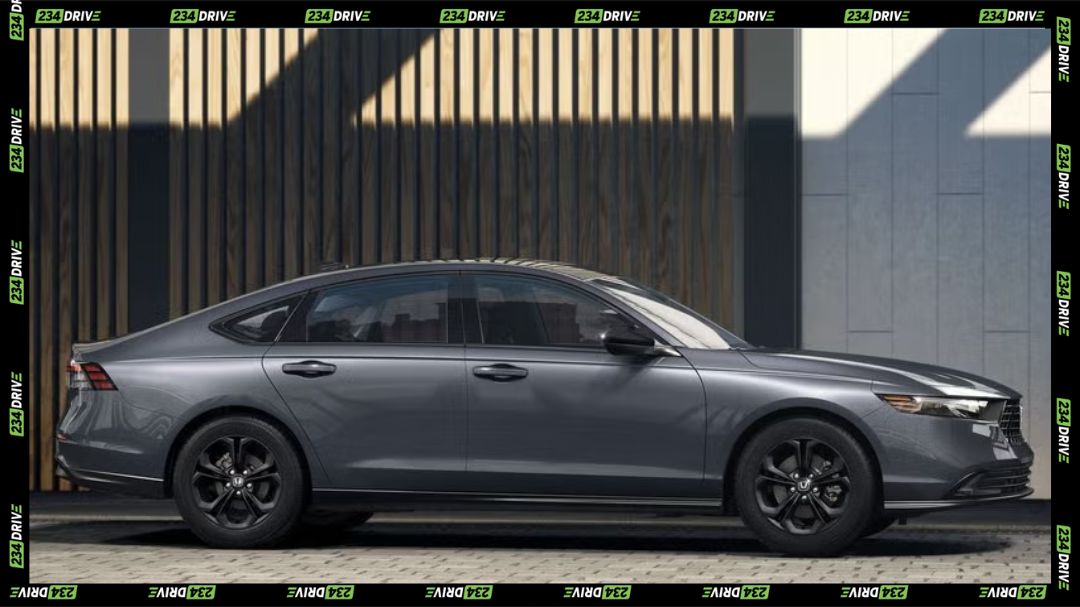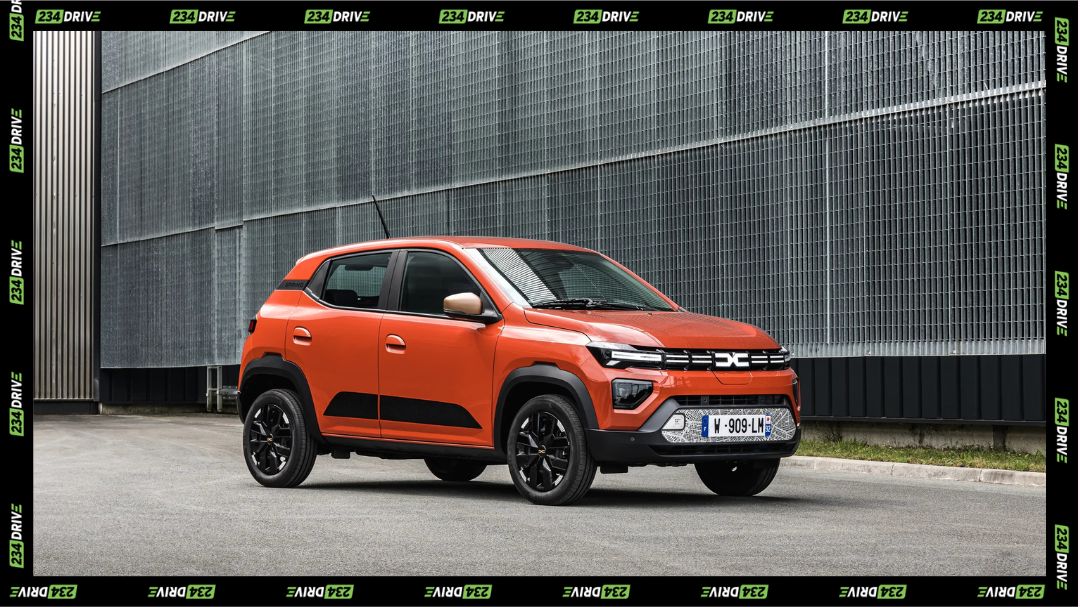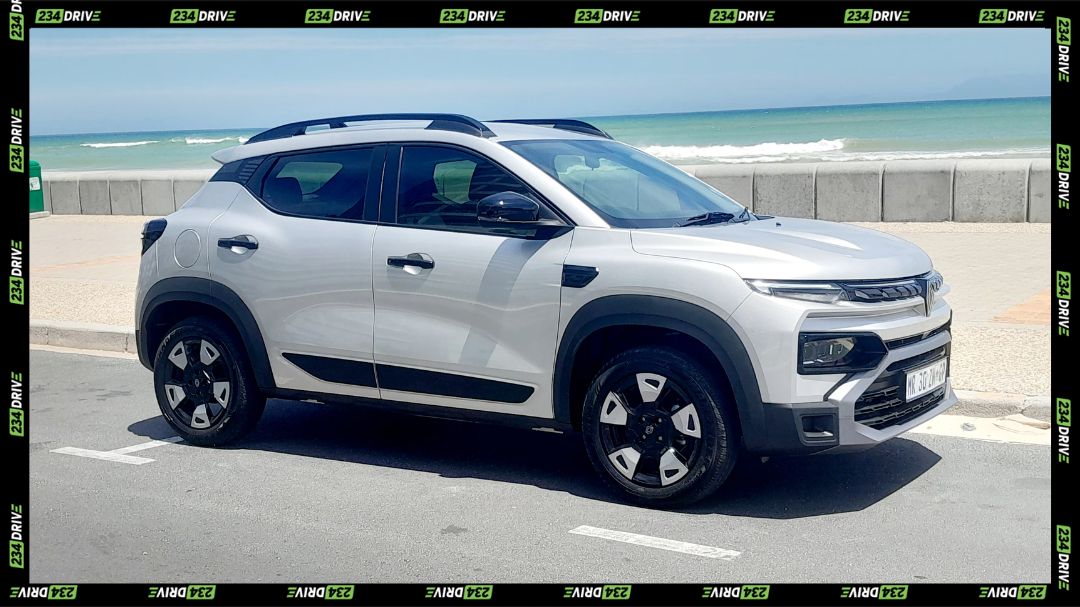Ever wondered why the Honda Civic “I-Robot” (2005–2010) is still one of the most common sights on Nigerian roads? Often called underrated, this generation of the Civic has quietly built a reputation for reliability, simplicity, and surprising value.
In this post, we’re breaking down the real cost of owning and maintaining the Civic I-Robot — from parts availability and fuel economy to resale value and daily performance. The goal? To help you figure out whether this Civic is the right fit for your budget and lifestyle.
This blog is based on insights from 234Drive’s in-depth video breakdown. If you want the full deep dive, check out the detailed review on our YouTube channel.
Is the Honda Civic I-Robot Really That Underrated?
The Honda Civic I-Robot has earned a reputation as a reliable and affordable option in Nigeria. But why is it still considered underrated by many? Let’s consider its strengths. We know it offers reliability, decent fuel efficiency, and relatively low maintenance costs. These factors make it a practical choice for daily driving.
However, it’s not without its drawbacks. Some people find its design a bit dated, and certain parts can be prone to wear and tear. Could these issues be contributing to its underrated status? We are going to jump into the costs involved so we can decide if it truly deserves more recognition.
Initial Purchase Price: What to Expect
If you’re looking to buy a Nigerian-used Honda Civic I-Robot, expect to pay somewhere between 1.5 million and 3.5 million Naira. But what affects the price? The year it was manufactured, its overall condition, and the specific trim level all play a role.
Thinking about a Tokunbo (foreign-used) model? You’ll likely spend around 5 million Naira to get one. Keep in mind that these are average prices. They can change based on market conditions and the seller. Always do your research! Check out reputable car marketplaces in Nigeria, like Cars45, to get an idea of current prices.
Headlights: US vs. Euro Versions
Did you know that there are two different headlight styles for the Honda Civic I-Robot? There’s the US version and the Euro version. What’s the difference? The US version typically has a more angular design, while the Euro version has a smoother, more rounded look.
So, how much will it cost to replace them? A pair of US version headlights will set you back about 75,000 Naira. The Euro version is a bit cheaper at 65,000 Naira for the pair. You can find these headlights at local auto shops or from online retailers. Remember, good headlights are essential for safe driving, especially at night.
Body Parts Replacement Costs
Accidents happen, and body parts wear out. Let’s look at the cost of replacing some common parts:
Front Bumper
Cost: 40,000 Naira
A sturdy bumper is important for protecting your car in minor collisions. Replacing a damaged front bumper will cost you around 40,000 Naira.
Rear Lights
- Outer Light Cost: 28,000 Naira for both
- Inner Light Cost: 25,000 Naira for both
Functional rear lights are critical for safety. Other drivers need to see you, especially when braking or driving in the dark. Replacing both the outer and inner rear lights will cost you a combined 53,000 Naira.
Rear Bumper
Cost: 30,000 Naira
Like the front bumper, the rear bumper protects your car from damage. It’s also a common area to get scratched or dented in traffic. Expect to pay about 30,000 Naira for a replacement.
Side Mirrors
- With Light Cost: 80,000 Naira for both
- Without Light Cost: 50,000 Naira for both
Side mirrors are vital for safe lane changes and maneuvering. The price difference depends on whether they include integrated turn signal lights. Replacing both side mirrors can range from 50,000 to 80,000 Naira.
The Dreaded Paint Job: Why It’s Necessary and How Much It Costs
Here’s a common issue with the Honda Civic I-Robot: the original paint. Honda used an eco-friendly paint that, unfortunately, is prone to peeling and chipping. If you want your car looking its best, a new paint job might be necessary.
A good quality paint job will cost around 250,000 Naira. However, many factors can affect paint job costs like the quality of paint, and the experience of the painter. To keep your paint looking good, wash your car regularly and avoid parking it in direct sunlight for extended periods.
AC Repair: Staying Cool in the Nigerian Heat
In Nigeria’s hot climate, a working AC is a must! If your AC is blowing weak air, or turning off and on, you might need repairs. The usual suspects are the condenser and the compressor.
A new condenser will cost you about 35,000 Naira, while a new compressor goes for 50,000 Naira. Regular AC maintenance, such as checking the refrigerant levels and cleaning the filters, can help prevent these costly repairs. Here are a few signs your AC needs repair:
- Not blowing cold air
- Strange noises
- Smelling weird
Engine Issues: The Heart of the Matter
The engine is the heart of your car. If it fails, you’re looking at a major expense. A replacement engine for the Honda Civic I-Robot can cost around 400,000 Naira. Lack of maintenance or overheating can lead to engine failure.
Engine Mounts
Cost: 15,000 Naira per mount
Worn engine mounts can cause your car to jerk when you change gears. Engine mounts are designed to secure the engine and reduce vibrations. You’ll need to replace them if they’re damaged.
Power Steering Pump
Cost: 50,000 Naira
Is your steering feeling stiff? It could be a failing power steering pump. The power steering pump provides hydraulic assistance, making it easier to turn the wheel. A new one will cost you about 50,000 Naira.
Driving Shaft
Cost: 70,000 Naira
The driving shaft transfers power from the engine to the wheels. Replacing a damaged driving shaft will cost around 70,000 Naira.
Brain Box
Cost: 5,000 Naira
The brain box, or ECU (Engine Control Unit), controls various engine functions. A replacement brain box is relatively inexpensive at 5,000 Naira.
To keep your engine running smoothly, follow the manufacturer’s recommended maintenance schedule. This includes regular oil changes, tune-ups, and timely replacement of worn parts.
Ignition and Throttle Body: Keeping the Engine Firing
If your car isn’t firing properly, the ignition coils or throttle body might be to blame. Misfires or rough idling can be symptoms of ignition problems.
Ignition coils cost about 8,000 Naira each. The ignition coils provide the spark that ignites the fuel-air mixture in the engine. A throttle body will cost you about 30,000 Naira. The throttle body controls the amount of air that enters the engine. Before replacing these parts, make sure to get a proper diagnosis to pinpoint the exact issue.
Suspension Woes: Lower Arm and Shock Absorbers
Does your Honda Civic I-Robot make a “kooloolu” sound when you drive over bumps? It might be a sign of a failing lower arm. The lower arm is a component of the suspension system. Replacing it will cost about 40,000 Naira.
Shock Absorbers
- Cost: 30,000 Naira per shock absorber
- Shock Absorber Bushing Cost: 15,000 Naira
Worn shock absorbers can lead to a bouncy ride and poor handling. Replacing the shock absorbers will cost you 30,000 Naira each. Replacing the bushings will cost you 15,000 Naira. Shock absorbers dampen the impact of bumps and keep your tires in contact with the road. Maintaining your suspension is key for ride comfort and safety.
Reliability: The Saving Grace
Despite the potential repair costs we’ve discussed, the Honda Civic I-Robot is known for its reliability. Many owners report that they don’t need to replace parts very often. Good driving habits and regular maintenance can further improve its reliability and lengthen the time between repairs.
Location and Quality Disclaimer
It’s important to remember that the prices we’ve quoted are average estimates. Prices can change depending on your location and the quality of the parts you buy. Always research prices in your area and consider investing in genuine or high-quality aftermarket parts for better performance and longevity.
Common Problems and How to Prevent Them
Even reliable cars have their common issues. Here’s how to prevent them:
Overheating
- Causes: Low coolant, faulty thermostat, radiator issues.
- Prevention: Regularly check your coolant level and flush your radiator.
Electrical Issues
- Causes: Worn wiring, faulty sensors, battery problems.
- Prevention: Have your electrical system checked regularly and maintain your battery.
Suspension Problems
- Causes: Rough roads, overloading, worn components.
- Prevention: Drive carefully, avoid overloading your car, and have your suspension checked regularly.
Rust
- Causes: Humid climate, exposure to salt.
- Prevention: Wash and wax your car regularly, and consider rustproofing treatments.
Fuel Pump Failure
- Causes: Driving on low fuel levels.
- Prevention: Keep your fuel tank at least 1/4 full.
Maintenance Tips: Keeping Your Civic I-Robot Running Smoothly
Regular maintenance is key to keeping your Honda Civic I-Robot running smoothly for years to come. Here are some essential maintenance tips:
- Regular Oil Changes: Oil changes keep your engine lubricated and prevent wear. Change your oil every 5,000 kilometers.
- Air Filter Replacement: A clean air filter improves engine performance and fuel economy. Replace your air filter regularly.
- Spark Plug Replacement: Spark plugs ignite the fuel-air mixture in your engine. Replace them as recommended in your owner’s manual.
- Tyre Maintenance: Regularly check your tire pressure (at least once a month). Rotate your tires every 8,000 – 10,000 kilometers.
- Brake Maintenance: Inspect your brakes regularly and replace brake pads when needed.
- Fluid Checks: Check your coolant, brake fluid, power steering fluid, and transmission fluid levels regularly.
- Belt and Hose Inspection: Check for cracks, wear, and leaks. Replace worn belts and hoses promptly.
DIY vs. Professional Repairs: When to DIY and When to Seek Help
Some maintenance tasks, like oil changes and filter replacements, can be done at home. However, other repairs, such as engine work or electrical troubleshooting, require professional help.
If you’re not comfortable working on your car, or if the repair seems complex, it’s best to take it to a qualified mechanic. To find a reputable mechanic in Nigeria, ask for recommendations from friends or family. Look for mechanics with certifications and positive reviews.
Finding reliable parts is essential for keeping your Honda Civic I-Robot on the road. You can find parts at reputable auto parts stores in Nigeria, both online and in physical stores. When buying parts, be aware of counterfeit products. Look for trusted brands and check for signs of authenticity. There are pros and cons to buying used parts versus new parts. Used parts are more affordable, but they may not last as long as new parts.
Is the Honda Civic I-Robot a Good Investment?
Let’s weigh the pros and cons of owning a Honda Civic I-Robot in Nigeria. It’s reliable and fuel-efficient, but it does have potential maintenance costs. When compared to other cars in its class, such as the Toyota Corolla or Nissan Almera, the Honda Civic I-Robot holds its own in terms of value and performance.
For the average Nigerian driver, the Honda Civic I-Robot can be a good investment, especially if you prioritize reliability and affordability.
Conclusion
The Honda Civic I-Robot offers a compelling mix of reliability and affordability, making it a popular choice in Nigeria. While there are potential maintenance costs to consider, its overall durability and fuel efficiency make it a smart buy for many drivers. We encourage you to make an informed decision based on your individual needs and budget. Now we want to hear from you! Share your own experiences with the Honda Civic I-Robot in the comments section below. Subscribe to our newsletter for more informative content, and if you found this post helpful, give it a like!


